A Comprehensive Guide to the Various Types of Solar Panels
Various Types of Solar Panels: Discover the key differences, benefits, and applications of the various types of solar panels to make the best choice for your energy needs.
Did you know that solar panel installations have increased by over 60% worldwide in the past decade? This impressive growth highlights the rising popularity and importance of solar energy solutions. If you’re considering solar energy for your home or business, understanding the different types of solar panels is crucial.
Each type has its benefits, making it essential to choose the right one for your specific needs. In this guide, we will explain the various solar panel options available, helping you make an informed decision and take a step towards a more sustainable future.
Types of Solar Panel
When it comes to Residential Solar Installation and Commercial Solar Installation, choosing the right types of solar panels is key to maximizing efficiency and return on investment. There are several main types to consider: monocrystalline, polycrystalline, and thin-film solar panels. Monocrystalline solar panels are known for their high efficiency and sleek appearance, making them a popular choice for residential installations where space is limited but maximum power output is desired.
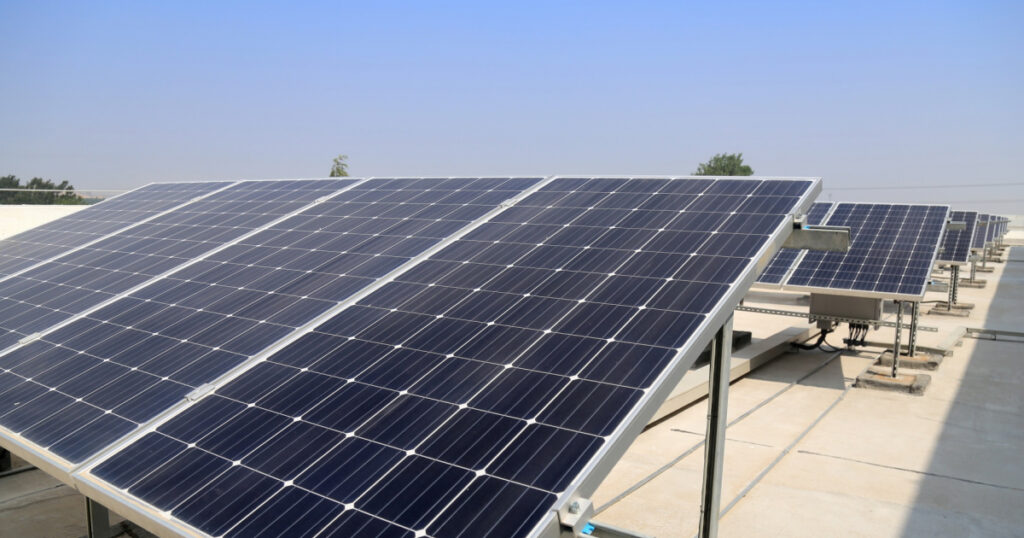
In Commercial Solar Installation, the choice of solar panels can significantly impact the overall performance and cost-effectiveness of the project. Monocrystalline panels are often preferred in commercial settings that demand high efficiency and where space is a premium concern. Meanwhile, polycrystalline panels provide a balance between cost and efficiency, making them suitable for businesses looking to reduce upfront costs.
Monocrystalline Solar Panels
Monocrystalline solar panels are widely regarded as the most efficient type of solar panels available today. These panels are made from a single crystal structure, which allows electrons to flow more freely and results in higher efficiency rates. This makes them an excellent choice for both Residential Solar Installation and Commercial Solar Installation, where space may be limited, but maximum power output is desired.
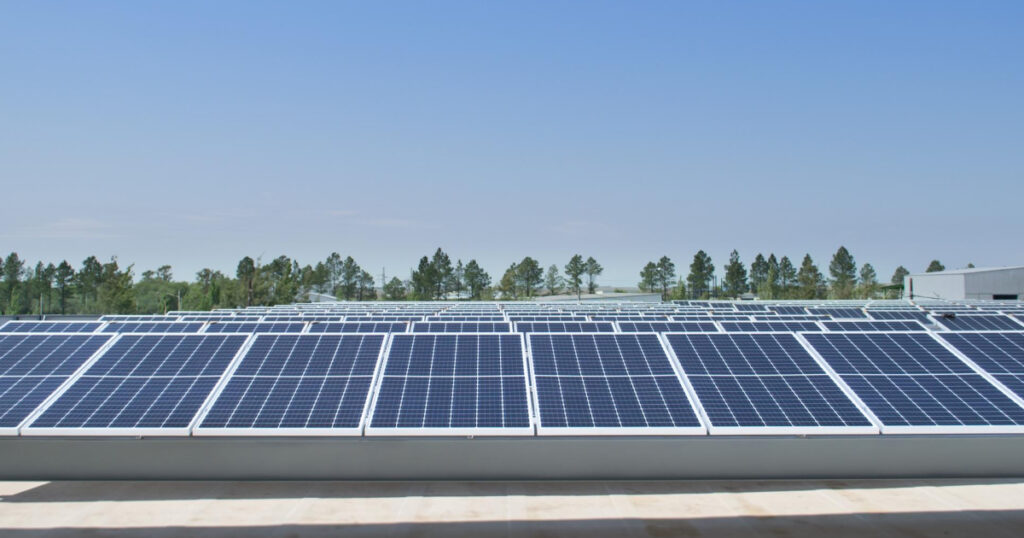
For commercial purposes, the high efficiency of monocrystalline solar panels translates to greater energy production from a smaller installation footprint. This is particularly beneficial for businesses with limited roof space.
Polycrystalline Solar Panels
Polycrystalline solar panels are another popular option for Residential and Commercial Solar installations. These panels are made from multiple silicon crystals, which makes the manufacturing process simpler and less expensive than that of monocrystalline panels.
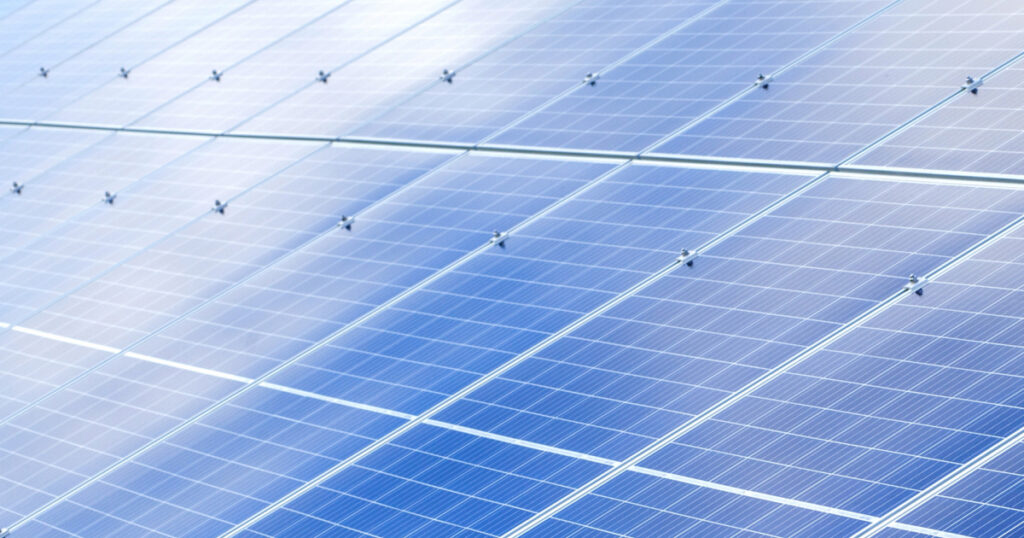
In commercial applications, polycrystalline solar panels are often chosen for projects where budget constraints are a significant consideration. They still provide a reliable and durable solution for generating solar power, making them a viable option for many businesses.
Thin-Film Solar Panels
Thin-film solar panels are known for their lightweight and flexible nature, making them a unique option for various solar installations. These panels are made by depositing one or more thin layers of photovoltaic material onto a substrate, which allows them to be more adaptable to different surfaces.
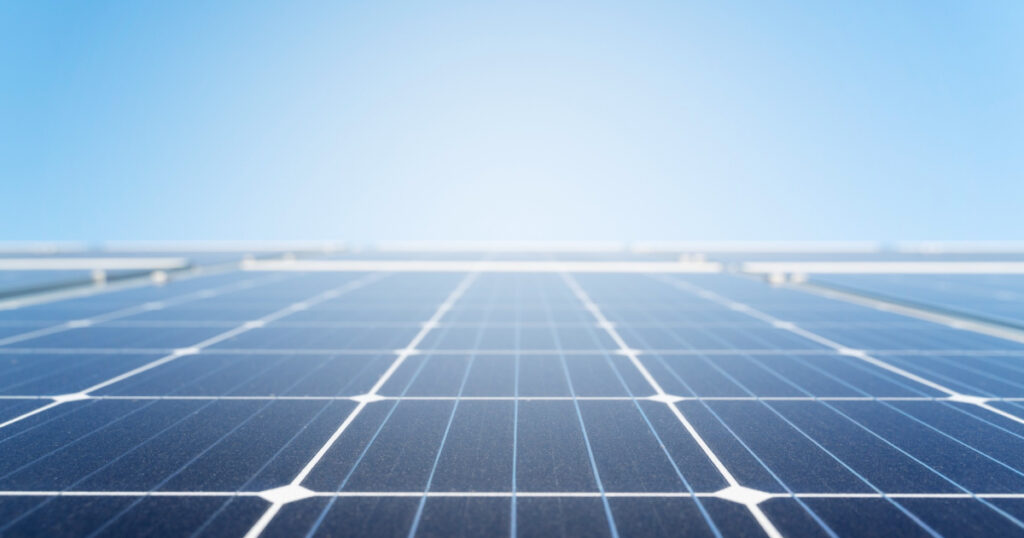
One significant advantage of thin-film solar panels is their performance in low-light conditions and high temperatures. This makes them particularly suitable for large-scale installations where these factors might be a concern. Incorporating battery storage solutions with thin-film solar panels can enhance the overall efficiency and reliability of the solar power system.
PERC Solar Panels
PERC solar panels are an advanced technology designed to improve the efficiency of standard silicon solar cells. They include an additional layer on the back of the cell that reflects unused photons into the cell for a second chance at energy conversion. This innovative design results in higher efficiency rates and better performance in low-light conditions, making PERC solar panels a valuable choice for both residential and commercial installations.
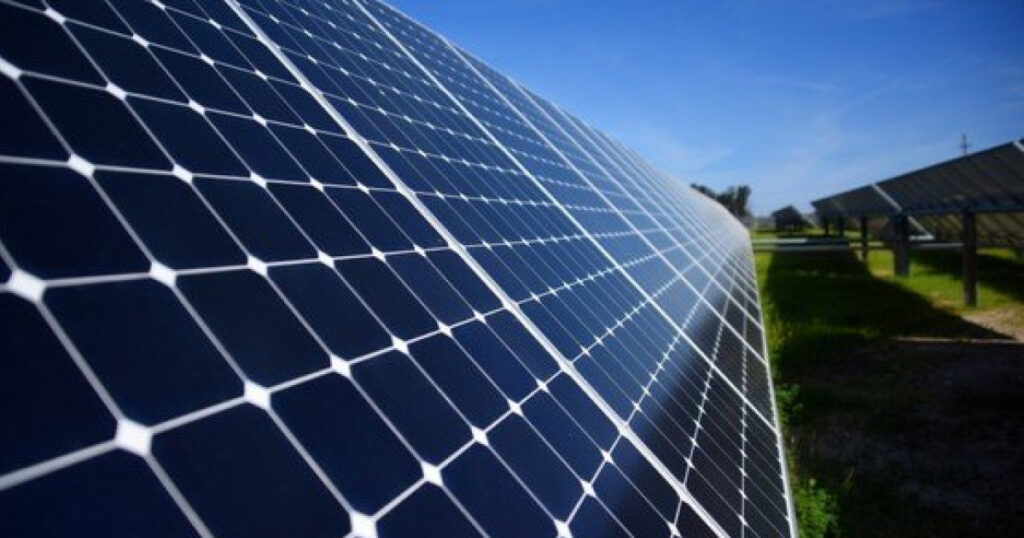
Bifacial Solar Panels
Bifacial solar panels capture sunlight from both sides of the panel, effectively increasing energy output without requiring additional space. These panels are designed with a transparent back sheet and a special frame that allows light to pass through and be absorbed from the rear side. This makes them highly efficient and suitable for installations where ground or surface reflection can be maximized, such as on white rooftops or snowy areas.

Concentrated PV Cell Panels
Concentrated PV (CPV) cell panels use lenses or mirrors to focus sunlight onto a small, high-efficiency solar cell. This concentration allows for significantly higher energy conversion rates compared to traditional solar panels. CPV panels are typically used in areas with high direct sunlight, as their performance relies on intense, direct solar radiation.
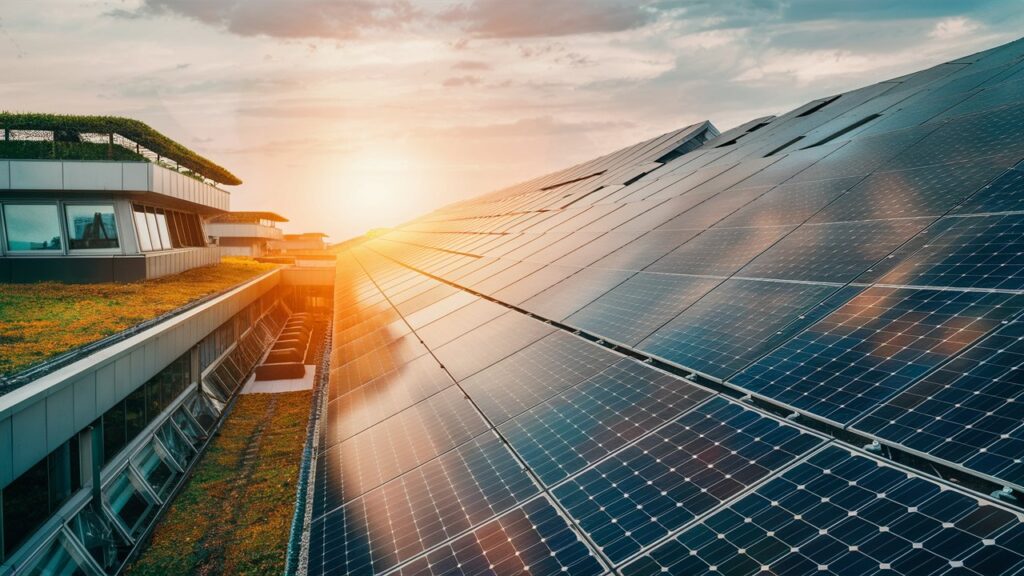
These panels are more suited for large-scale commercial installations and solar farms, where they can be combined with tracking systems to follow the sun’s path and maximize energy capture.
Flexible Solar Panels
Flexible solar panels are made using thin-film technology, which allows them to bend and flex without breaking. This flexibility makes them ideal for unconventional surfaces and portable applications, such as on RVs, boats, or curved roofs. While they are generally less efficient than traditional rigid panels, their lightweight and adaptable nature offer unique installation possibilities that rigid panels cannot match.
Final Thought
Choosing the right types of solar panels for your Residential Solar Installation or Commercial Solar Installation is crucial for maximizing efficiency and achieving long-term energy savings. Whether you opt for monocrystalline, polycrystalline, thin-film, PERC, bifacial, concentrated PV cells, or flexible solar panels, each type offers unique benefits that can cater to different energy needs and budgets.
Equally important is ensuring proper maintenance and support for your solar panel system. Regular maintenance not only extends the lifespan of your panels but also ensures they operate at peak efficiency. Partnering with a reliable solar installation company like Brightest Homes in Ghana ensures you receive top-notch maintenance and support services.
FAQs
1. What are the main types of solar panels?
The main types of solar panels are monocrystalline, polycrystalline, thin-film, PERC, bifacial, concentrated PV cells, and flexible solar panels.
2. Which type of solar panel is the most efficient?
Monocrystalline solar panels are generally considered the most efficient due to their single-crystal structure.
3. What are polycrystalline solar panels made of?
Polycrystalline solar panels are made from multiple silicon crystals, making them less expensive to produce but slightly less efficient than monocrystalline panels.
4. Are thin-film solar panels suitable for residential use?
Thin-film solar panels are less efficient but more flexible and lightweight, making them suitable for unconventional surfaces and portable applications.
5. What is a PERC solar panel?
PERC solar panels have an additional layer that reflects unused photons back into the cell, improving efficiency and performance in low-light conditions.
6. How do bifacial solar panels work?
Bifacial solar panels capture sunlight from both sides, increasing energy output by absorbing light that reflects off surfaces like rooftops or the ground.
7. Where are concentrated PV cell panels typically used?
Concentrated PV cell panels are used in areas with high direct sunlight and are often found in large-scale commercial installations and solar farms.
8. Can flexible solar panels be installed on curved surfaces?
Yes, flexible solar panels are designed to bend and flex, making them ideal for curved surfaces and portable applications.
9. What are the advantages of monocrystalline solar panels?
Monocrystalline solar panels offer high efficiency, longevity, and a sleek appearance, making them a popular choice for residential installations.
10. Are polycrystalline solar panels a good option for commercial installations?
Yes, polycrystalline solar panels provide a cost-effective solution for commercial installations, offering a good balance between cost and efficiency.
11. How do thin-film solar panels perform in low-light conditions?
Thin-film solar panels perform well in low-light conditions and high temperatures, making them versatile for various installations.
12. What is the benefit of using bifacial solar panels in snowy areas?
Bifacial solar panels are highly efficient in snowy areas as they can capture sunlight reflected off the snow, boosting energy production.
